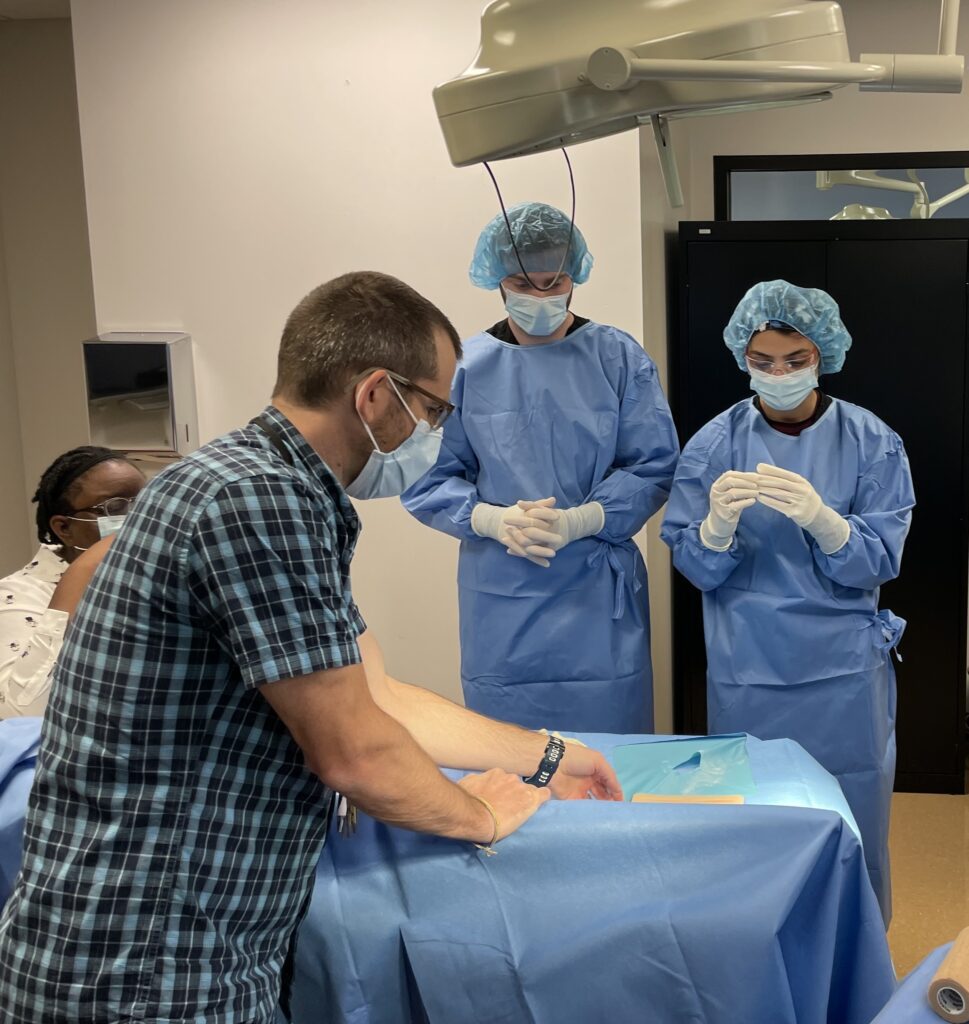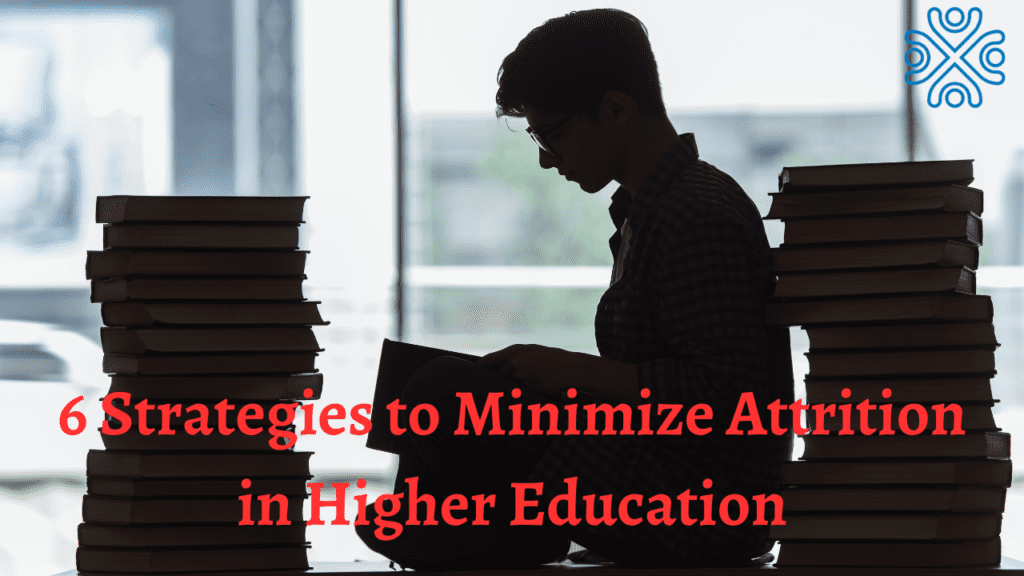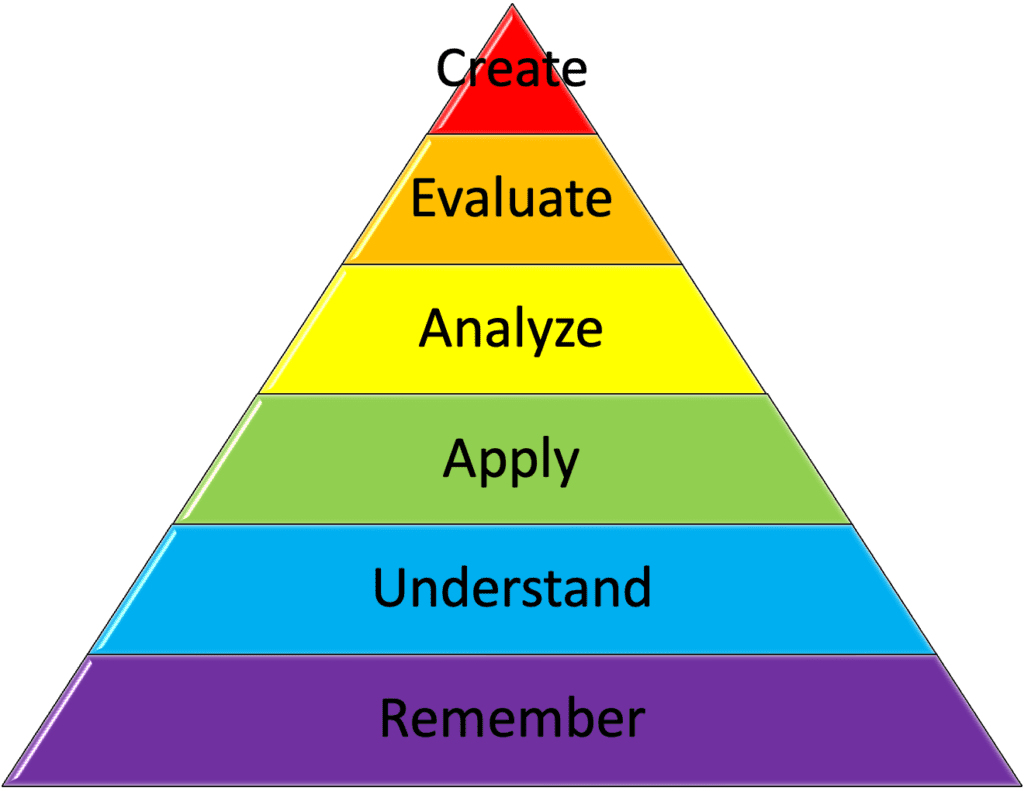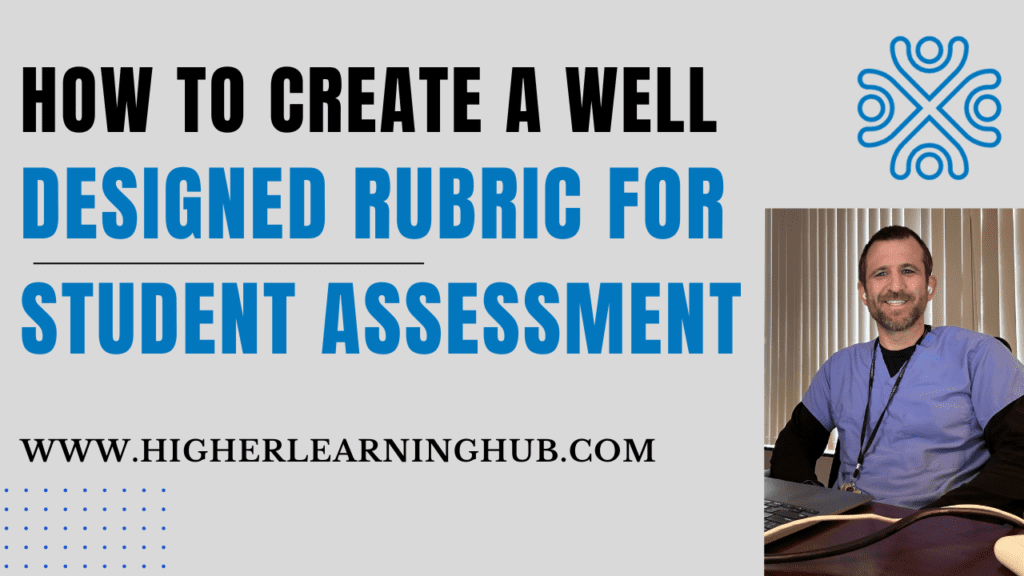Authored by Dr. Leland Jaffe, Associate Dean, and Professor; Published on June 30, 2024
Higher education institutions often grapple with the challenge of student attrition, where students leave their academic programs before completion. The reasons for attrition can vary widely, from academic difficulties to personal challenges.
As educators and administrators, it is crucial to implement strategies that foster student success and minimize attrition rates. In this blog post, we’ll explore effective ways to address this issue and create a supportive environment for students to minimize student attrition in higher education.
1. Early Identification and Intervention:
One of the key strategies to minimize attrition is early identification of struggling students. Implementing predictive analytics and monitoring academic performance can help educators identify students who may be at risk of dropping out. Once identified, a proactive intervention plan should be in place, including personalized academic support, counseling, or mentorship programs.
2. Holistic Student Support Services:
Beyond academics, students often face personal, financial, and social challenges that can impact their ability to succeed. Establishing comprehensive support services that address various aspects of students’ lives can contribute significantly to minimizing attrition. This includes financial aid counseling, mental health resources, and programs that promote a sense of belonging on campus.
3. Enhanced Student Engagement:


Engaged students are more likely to persist in their studies. Implementing interactive and participatory teaching methods, fostering a sense of community on campus, and providing extracurricular activities can enhance student engagement. When students feel connected to their academic environment, they are more likely to stay committed to their educational goals. (see blog post on strategies to maximize student engagement)
4. Personalized Learning Paths:
Recognizing that students have different learning styles and paces, offering personalized learning paths can contribute to their success. Adaptive learning technologies and flexible course structures allow students to progress at their own pace, catering to individual strengths and addressing weaknesses. This approach can make education more accessible and accommodating to diverse student needs.
5. Faculty and Staff Development:
Well-trained and empathetic faculty and staff play a pivotal role in student success. Investing in professional development programs that enhance teaching methods, communication skills, and understanding of student needs can positively impact the overall learning experience. Additionally, fostering a culture of approachability and open communication between students and educators can encourage struggling students to seek help.
6. Data-Informed Decision Making:
Utilizing data analytics to inform decision-making processes can provide valuable insights into the factors contributing to attrition. By analyzing data on student performance, attendance, and engagement, institutions can identify patterns and implement targeted interventions. Regularly assessing the effectiveness of implemented strategies ensures a dynamic and responsive approach to minimizing attrition.
Minimizing Student Attrition In Higher Education – Conclusion:
Minimizing attrition in higher education requires a multifaceted approach that addresses both academic and non-academic aspects of student life. By fostering a supportive, engaging, and personalized learning environment, institutions can significantly contribute to student success. Through continuous evaluation and adaptation of strategies, higher education can evolve to meet the dynamic needs of students, ensuring that a greater number of individuals not only enroll but also complete their educational journeys.







